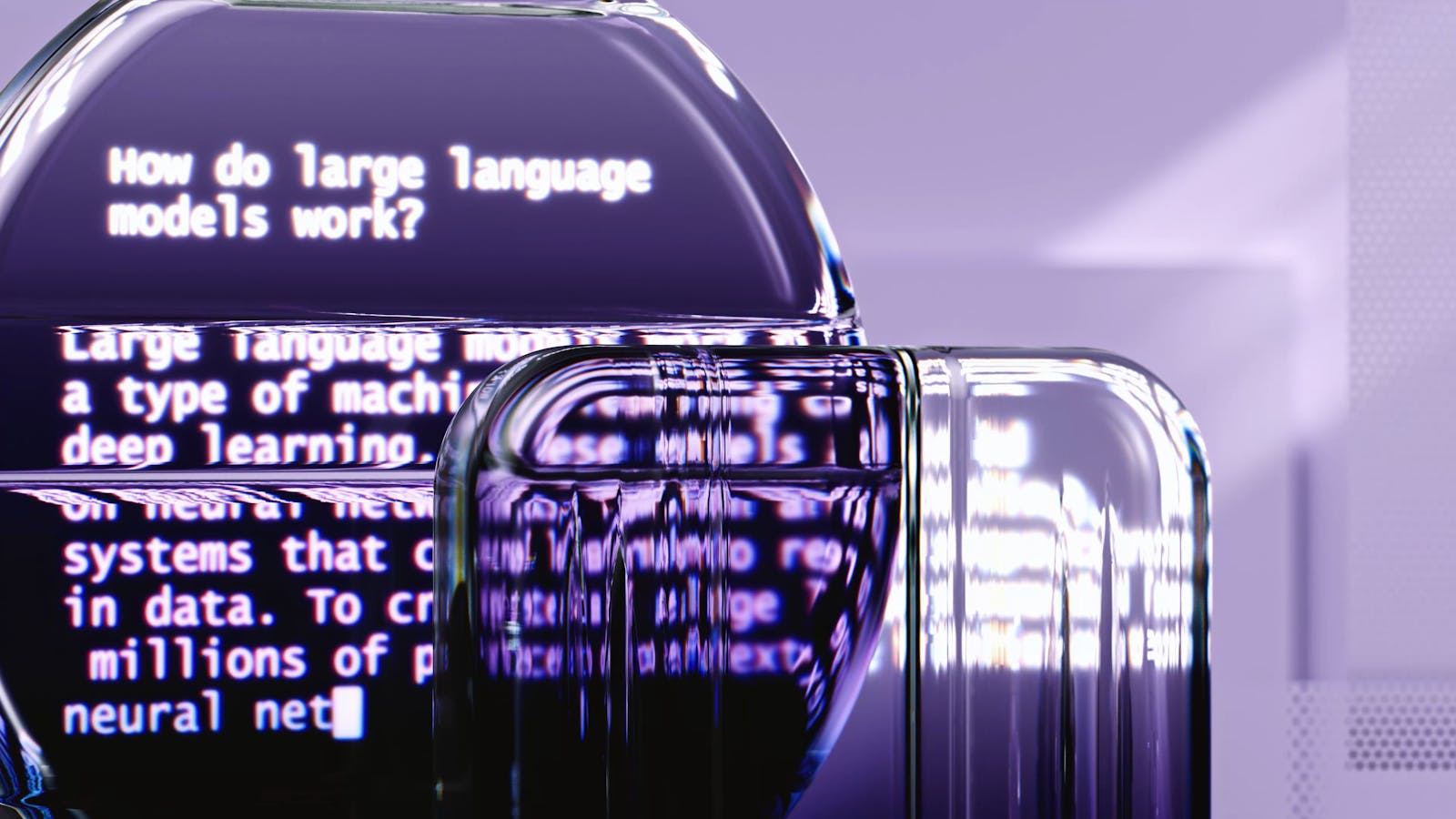In today’s rapidly evolving technological landscape, the integration of artificial intelligence (AI) into business operations isn’t just a trend; it’s a necessity. But how can organisations harness this transformative power on a global scale? The answer lies in leveraging distributed talent. This approach not only broadens the talent pool but also fosters innovation and creativity, crucial components in developing robust AI solutions.
The Rise of Distributed Talent
In an age where traditional office spaces are becoming relics of the past, the notion of a distributed workforce is gaining traction. Companies are no longer confined to geographical limitations. Instead, they can tap into a diverse array of skills and expertise from around the globe. Some argue that this shift is a game-changer for AI development.
- Flexible Work Environments: Remote work allows for flexibility, enabling teams to collaborate across time zones and cultures.
- Diverse Perspectives: A geographically dispersed team brings varied viewpoints, which can lead to more innovative solutions.
- Cost Efficiency: Accessing talent from regions with lower living costs can reduce overhead expenses.
Case Study: Automating Customer Service
Consider a leading e-commerce platform that faced challenges in scaling its customer service operations. By employing a distributed team of AI experts from various countries, they developed a sophisticated AI chatbot. This chatbot not only reduced response times but also improved customer satisfaction rates. The key takeaway? The blend of diverse expertise and experiences can yield solutions that a homogenous team might overlook.
Building Effective AI Teams
The success of AI projects is heavily reliant on the composition of the team behind them. Here are a few strategies to build effective AI teams:
- Identify Core Skills: Recognising the essential skills needed for AI development is vital. Skills in machine learning, data analysis, and programming are fundamental.
- Encourage Continuous Learning: The field of AI is ever-changing; thus, fostering a culture of continuous learning and adaptation is crucial.
- Promote Collaboration: Utilising collaborative tools can bridge the gap between team members, ensuring everyone is on the same page.
Example: The Power of Collaboration
A global tech firm recently implemented a project that involved AI-driven predictive analytics. By assembling a team from different parts of the world, they were able to incorporate various methodologies and insights into their approach. The result? A product that not only met but exceeded client expectations.
Challenges in Distributed AI Development
While the benefits of a distributed workforce are considerable, challenges do arise. Communication barriers, cultural differences, and time zone discrepancies can hinder collaboration. It’s tempting to think that technology alone can solve these issues, but human factors remain paramount.
- Communication Tools: Employing the right tools—like Slack or Zoom—can facilitate smoother interactions.
- Cultural Sensitivity: Understanding cultural nuances can enhance teamwork and avoid misunderstandings.
- Time Management: Scheduling regular check-ins can help keep the team aligned despite geographical distances.
Real-World Example: Navigating Challenges
A multinational corporation faced difficulties when launching an AI initiative with a distributed team. Initially, miscommunications led to delays. However, by implementing regular virtual meetings and using project management software, they turned the tide. This adaptability highlights the importance of addressing challenges head-on.
The Future Landscape of AI Development
As we gaze into the crystal ball of AI, it’s clear that the future will be defined by collaboration. With the rise of distributed talent, companies can not only scale their AI solutions but also innovate at an unprecedented rate. Some argue that this is the dawn of a new era in intelligence.
- Increased Accessibility: AI tools will become more accessible, allowing smaller firms to compete with industry giants.
- Ethical Considerations: As AI continues to evolve, ethical implications will become more prominent, necessitating diverse perspectives in decision-making.
- Focus on Sustainability: AI can play a significant role in addressing global challenges, from climate change to public health.
Looking Ahead
The potential for AI is vast. As organisations embrace distributed talent, we are likely to see breakthroughs that were previously unimaginable. The question remains: how will organisations adapt to this ever-changing landscape? A proactive approach, coupled with an open mindset, will be essential.
The Value of Strategic Partnerships
In navigating the complexities of AI development, forming strategic partnerships can be invaluable. Collaborating with educational institutions and tech hubs can provide access to emerging talent and innovative ideas. This synergy can drive success and create a competitive edge in the market.
Example: University Partnerships
A notable example is a tech startup that partnered with a local university to co-develop AI curricula. This collaboration not only enriched the learning experience for students but also brought fresh talent into the workforce. It’s a win-win situation!
Embracing Change in AI Development
In summary, the landscape of artificial intelligence is rapidly changing, driven by the power of distributed talent. The future lies in embracing this change, fostering collaboration, and building teams that are as diverse as the challenges they aim to solve. As we stand on the brink of this new era, companies must be willing to adapt and innovate, harnessing the full potential of AI.
At the heart of this revolution is an opportunity for organisations to explore innovative solutions, such as those offered by entities like Dev Centre House Ireland, which supports businesses in navigating the complexities of AI development.
FAQs
1. What is distributed talent?
Distributed talent refers to a workforce that is not confined to a single location, allowing companies to hire skilled professionals from around the world.
2. How can companies overcome communication barriers in a distributed workforce?
Utilising effective communication tools and scheduling regular meetings can help bridge communication gaps and enhance collaboration.
3. What role does diversity play in AI development?
Diversity brings a range of perspectives and ideas, which can lead to more innovative solutions and better decision-making in AI projects.
